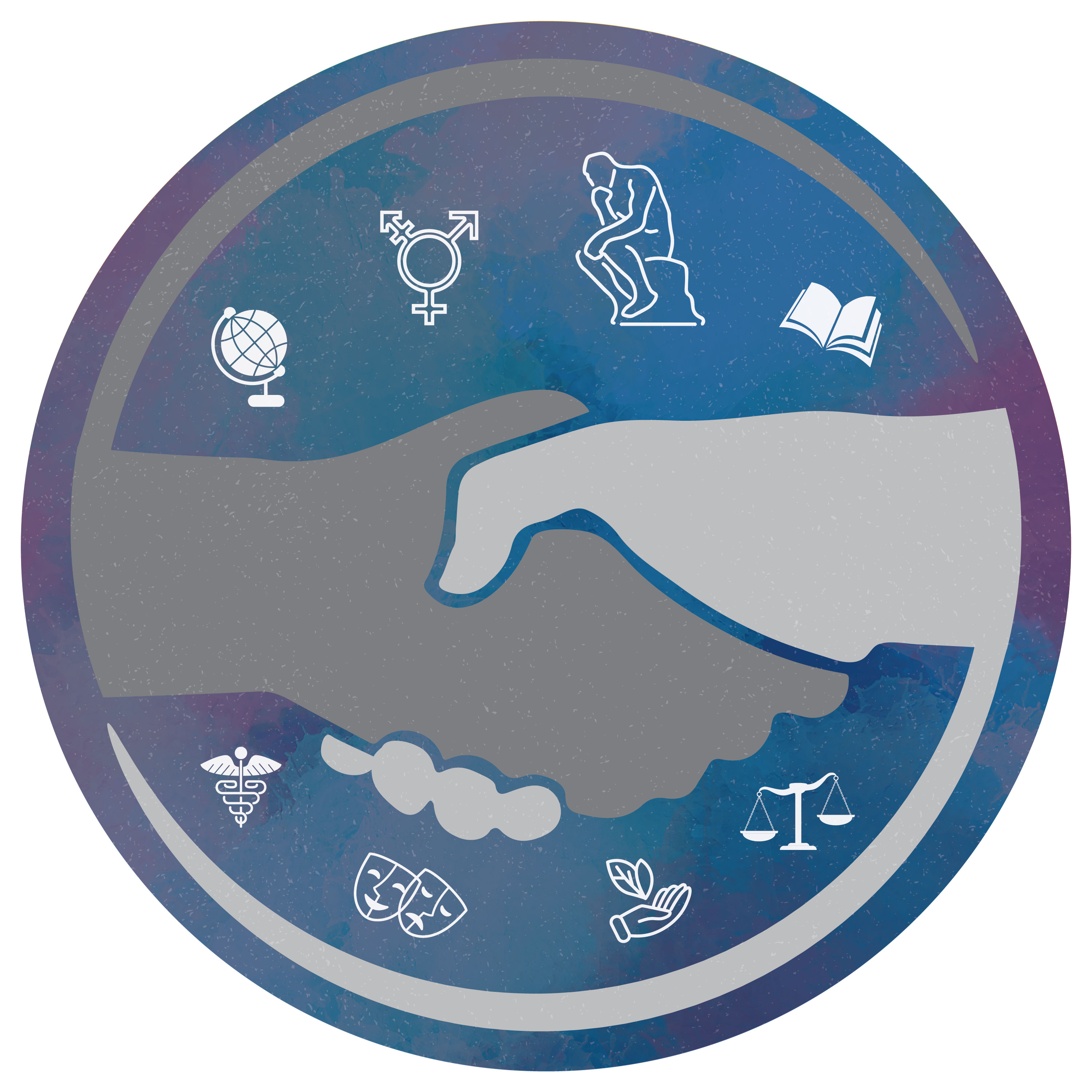Contrary to much of symbolic interactionism and social psychology, which largely ignores the generalized other, this chapter has presented a very much revised theory of symbolic interactionism stressing the importance of the generalized other that sees this concept leading to structure, boundaries, dominance/subordination, and many other issues. All is not the ‘self’ or ‘identity’ which seemingly presents an overly self-determined social psychology. Much of identity of self-formation comes from constraints, and it is through the generalized other that these constraints come from. As Marx says in the 18th Brumaire: “Men (i.e., humans) make their own history,… but” not under conditions of their own choosing (1978: 595). These parts of the self and one’s contexts are put into a comprehensive model of social psychology that involves both Mead and Goffman in staging the “Me” and framing the “Generalized Other” in a complex but non-deterministic theory of the formation of the self through presentations of the “Me” and framing social reactions through multiple “Generalized Others.” Each person then engages in relations with their generalized other to create friends, acquaintances or enemies, and through interaction ritual chains and differential association, people develop and shape their generalized others into positive and negative forces in their lives.
This then leads to joining or avoiding groups that then lead to the meso- and then macro-structures and social actions we observe in nation-states as a whole. This was followed by a delineation of generalized and restricted exchange and the concept of “oppressive othering” in the process of social mobility (al la Michael Schwalbe’s work). The process is continued through Randall Collins’ concept of interaction ritual chains that are then embedded into Edwin Sutherland’s conception of differential association that shows how individuals may choose to join or reject organizations or groups based on their social, cultural and human capital. This process is then put into an organizational setting where inequalities are more firmly created. In the larger political system this involves “chains of power” whereby different hierarchical levels are linked through power networks. These are often “long hierarchical chains” that are embedded in networks and institutions that often intersect (Reed 2020: 4-5, 56-57).[1] The result is a sophisticated social-psychologically created process of inequality that then provides the basis for politics to be more fully discussed later.
The approach I follow uses the generalized other to refocus political sociological work and especially social network analysis in two ways. First, it demonstrates that social network analysis need to decompose within the “self” between the “We’s” and the “They’s” of multiple generalized others. Consequently, self-work is inherently political and social network analysis needs to make these distinctions. And my discussion of Schwalbe et al. (2000) shows that inequalities are often produced by the iteration of low and higher status inequalities are often produced by the interaction of low and higher status persons who defend or advance their positions in the multiple generalized other oppressions, subordination, defensiveness or counter-othering in many different every-day conflicts. Using this theory to trace the differences in generalized others provides a more theoretical approach to network analysis that I call “theoretical net-work,” which is developing more substance for social networks and avoiding an over-reliance on methodological network concepts (e.g., centrality in a generalized other that is not differentiated by positive, negative and ignored divisions).
Second, the “We-They” of the generalized other is often a battle over truth, which will be discussed further in the next chapter. A person views their position in multiple generalized others as a contestation about reality: to accept the messages sent by different multiple generalized others, to reject these messages as unacceptable, or to persuade others of your negotiated revisions of reality are expressed these reflected messages. Some people just accept what people reflect back into their looking glass selves (Archer’s criticism of Mead’s determinism). Other people will be professional rebels who reject messages from multiple generalized others as they present counter-narratives, which risks being labeled ill-mannered, mentally ill or paranoid (e.g., the alternative realities of schizophrenics, bipolar patients or the Don Quixote complex of tilting at windmills and nonexistent giants). Or they may be viewed as a dangerous rebel. A third group of people will seek to negotiate their position in multiple generalized others by moderately reframing certain messages to improve their positions vis-à-vis others. When someone is defending their “identities or selves,” they are really manipulating reflected messages from and to others in the form of more strategic interaction. Some of this may be in acquiring new evidence and other parts may be in “rationalizing’ or manipulating old evidence (e.g., motivated reasoning and conspiracy theories). This may also involve moving from one group to another as these negotiations are the social psychological battle-ground for moving from one group to another. People are accepting or pushing the line of reality in multiple generalized others back and forth. These are powerful negotiations over identities (I am a good person or bad), emotion (I have been cheated or helped), and reason (reality is here and not there). But the frames are multiple and signed on multiple generalized others, and they often differ according to restricted and generalized exchange as people may shift from sociated to strategic interaction.
In the next chapter I look at how this social psychology operates more politically in groups with opinion leaders, citizen selves, and social mobility.
[1] Ariel Reed’s “chains of power” is a useful theoretical concept. It does have prominent antecedents like “interaction ritual chains” or groups and situations, and “supply chains,” “value chains” and “commodity chains” that reach far into the world system. In the economic realm, these chains involve a certain amount of power leverage at each transfer point.


